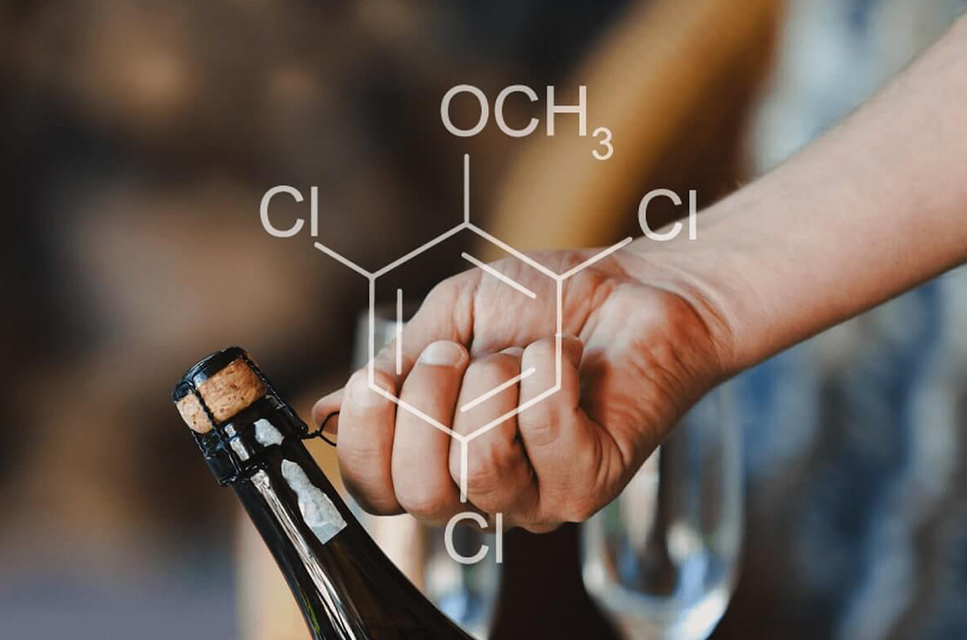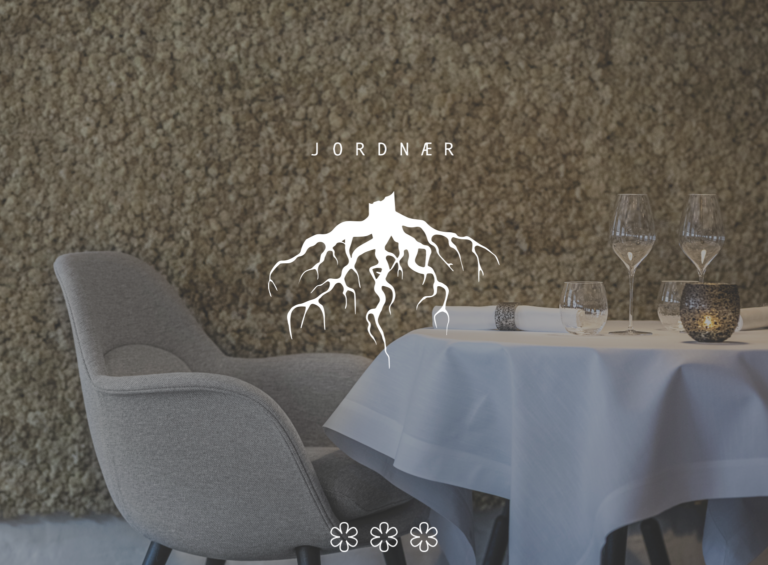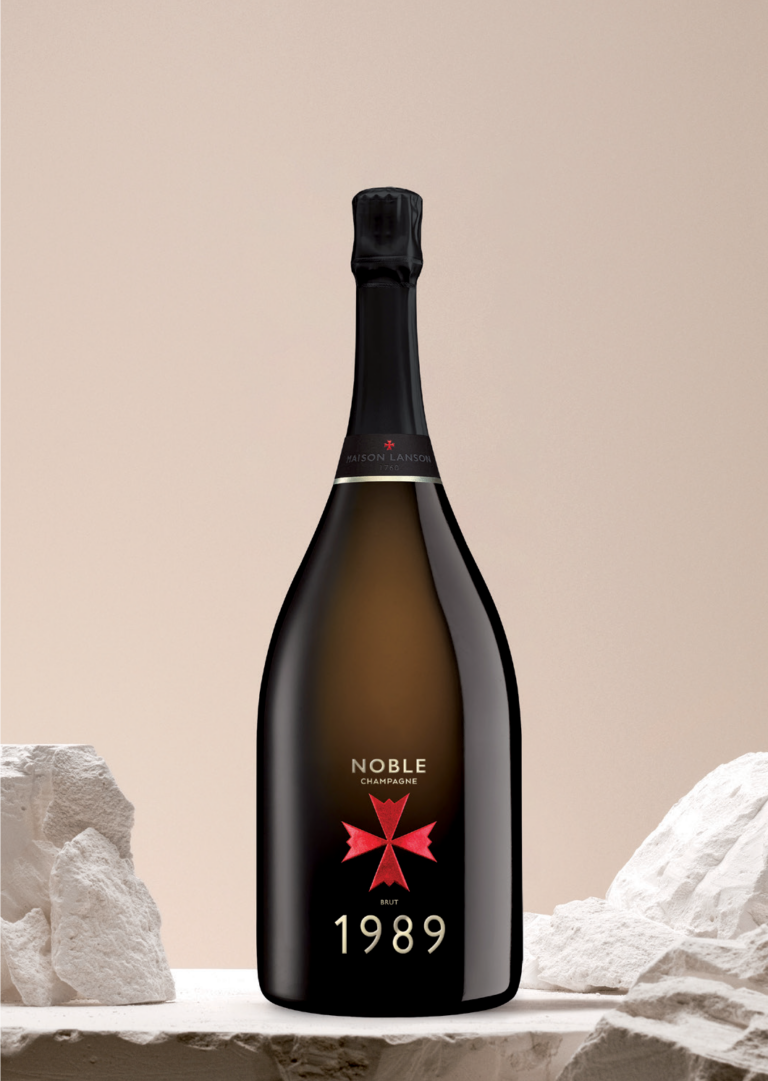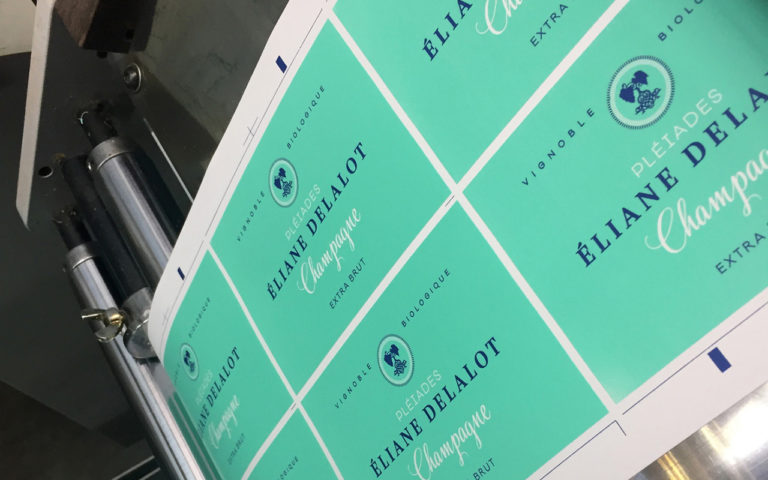The calorie content in champagne can vary, us with celebrations, is not just about the bubbles and the festivity it brings. When you raise a glass to toast, it’s essential to be aware of what you’re consuming, and that includes the calories. [read the full champagne story]
Estimated reading time: 13 minutes

Champagne, the iconic sparkling wine that has become synonymous with celebrations, is not just about the bubbles and the festivity it brings. When you raise a glass to toast, it’s essential to be aware of what you’re consuming, and that includes the calories. The calorie content in champagne can vary, but on average, a standard serving size of about 5 ounces (150 milliliters) contains approximately 90 to 125 calories. These numbers can shift depending on the sweetness of the champagne, with drier varieties generally boasting fewer calories compared to their sweeter counterparts.
Understanding calorie content is critical, especially if you’re mindful of your dietary intake or managing a specific nutrition plan. It’s worth noting that champagne contains alcohol, which provides seven calories per gram, and this contributes to its overall caloric value. Though not a significant source of fats, proteins, or carbohydrates, champagne’s caloric contribution primarily comes from the alcohol and sugar content present within. The fermentation process, which gives champagne its effervescence, also plays a role in determining the final calorie count.
When you indulge in the luxurious experience of sipping on champagne, keeping track of the calories can help you enjoy the moment without overindulging. Remember, moderation is key, and being informed about what you drink is as important as watching what you eat. While champagne is often enjoyed on special occasions, it’s prudent to consider its calorie content as part of your overall diet. Cheers to making informed choices that contribute to your well-being.
Understanding Champagne
In addressing your interests, it’s imperative to provide a nuanced understanding of Champagne, which encompasses its rich history and diverse types.
History and Origin
Champagne, a symbol of celebration, originates from the Champagne region in France, earning its distinction through exclusive production methods. Historically, the fermentation process creates natural carbonation, with the region’s terroir imparting unique taste profiles. The term “Champagne” is strictly protected, ensuring only sparkling wines from this region can bear the name.
Types of Champagne
Champagne is categorized by sweetness and aging process, reflecting distinct tastes and styles. Here is a brief overview:
- Brut Champagne: This type is dry, containing less than 12 grams of residual sugar per liter.
- Extra Brut: Even drier than Brut, Extra Brut has less than 6 grams of residual sugar per liter.
- Demi-Sec: Relatively sweet, holding between 32 and 50 grams of sugar per liter.
While Champagne is exclusive to its French region, it’s often compared to other sparkling wines like Prosecco—the Italian counterpart, generally sweeter and lighter. However, it’s crucial to recognize that these beverages, while similar in effervescence, diverge significantly in production, taste, and regional characteristics.
Champagne Production
Champagne production involves a meticulous process that transforms grapes into the effervescent wine you know. This includes governing the alcohol by volume (ABV) levels and sugar content to ensure quality and consistency.
Winemaking Process
The journey of champagne begins with the selection of grapes, primarily Chardonnay, Pinot Noir, and Pinot Meunier. These grapes undergo a primary fermentation to become still wine. Crucially, your champagne gains its bubbles from a second fermentation, known as “méthode champenoise” or “méthode traditionnelle.”
- Harvesting: Grapes are handpicked to maintain quality.
- Pressing: Extracting juice with minimal contact with skins.
- First Fermentation: Juice ferments in vats, creating still wine.
- Blending: Wines from different vats are blended to create a ‘cuvée.’
- Bottling: Wine is bottled with a mixture of sugar and yeast, named ‘liqueur de tirage,’ for the second fermentation.
- Second Fermentation: The mixture ferments in the bottle, producing carbon dioxide that carbonates the wine.
- Aging: Bottles age in cellars, with yeast contributing to the drink’s flavor.
- Riddling: Bottles are turned to consolidate sediment from dead yeast cells.
- Disgorging: Sediment is expelled, and bottles are corked and labeled.
Each step is carried out with precision to maintain the champagne’s distinct character.
Alcohol By Volume (ABV)
Champagne typically has an ABV ranging from 12% to 13%. This level of alcohol is the result of careful fermentation management. Residual sugar levels in champagne are also a product of controlled fermentation and affect the final alcohol content. The amount of sugar added after the second fermentation, known as “dosage,” adjusts the sweetness level, whether it’s “Brut,” “Extra Dry,” “Sec,” or any other designation. The sugar content plays a crucial role in the champagne’s final taste and alcohol by volume.
Nutritional Profile of Champagne
When you select a glass of champagne to toast a celebration, it’s not just bubbles that you’re consuming. You’re also taking in a specific number of calories, carbohydrates, and even a trace amount of proteins and fats.
Calorie Content
A standard serving size of champagne, which is approximately 5 ounces (150 milliliters), typically contains around 90-125 calories. The exact calorie count can vary based on the sweetness level of the champagne, with drier varieties typically having fewer calories.
Carbohydrates and Sugars
Champagne is made from grapes, and thus, contains natural sugars. In a 5-ounce serving, you can expect:
- Carbohydrates: Typically between 1-4 grams
- Sugars: Usually less than 2 grams, but sweeter versions may contain more.
Protein and Fats
While champagne is not a significant source of protein or fat, a serving does contain negligible amounts:
- Protein: Less than 1 gram
- Fat: Essentially zero grams
Champagne Serving Sizes
When you choose to enjoy champagne, it’s important to be aware of the serving sizes, which play a crucial role in determining the number of calories you consume.
Standard Glass
For a standard glass of champagne, the typical serving size is about 5 ounces. This amount usually contains approximately 90 to 125 calories, depending on the sweetness level of the champagne you’re drinking.
- Serving Size: 5 ounces
- Calories: 90-125
Keep in mind that the flute shape of most champagne glasses is designed to reduce the surface area, keeping your champagne bubbly and cold. This design also aids in controlling portions.
Bottle Servings
A standard bottle of champagne holds about 750 milliliters, which equates to approximately 25.4 ounces. This means you can expect to get about 5 servings per bottle, each serving containing the calorie count mentioned above.
- Bottle Size: 750 ml / 25.4 oz
- Servings per Bottle: 5
- Calories per Bottle: 450-625
Remember that individual calorie content can vary based on the specific type of champagne. It’s your responsibility to read labels or inquire further should you need exact calorie counts.
Comparing Alcoholic Beverages
When you’re considering calorie content in alcoholic beverages, it’s helpful to compare Champagne to other drinks like wine, beer, and spirits. This gives you a clear perspective on where Champagne stands in terms of caloric intake.
Champagne vs. Wine
Champagne, a type of sparkling wine, typically contains fewer calories than table wines. A standard glass (about 5 ounces) of Champagne has roughly 90-100 calories. In contrast, the same serving of red wine has approximately 125 calories, while white table wine averages about 120 calories. The presence of bubbles is said to make you drink slower and feel full quicker, potentially leading to lower overall calorie consumption.
Champagne vs. Beer and Spirits
Comparing Champagne to beer and spirits, you’ll notice a variation in calorie content:
- Beer: An average serving of 12 ounces can contain from 100 to 200 calories or more, greatly dependent on the type of beer.
- Vodka: A 1.5-ounce shot typically has around 97 calories.
Champagne often sits on the lower end of the calorie spectrum due to its serving size and alcohol content. Beer varies widely, with light beers on the lower end and heavier craft beers at the higher end. Spirits like vodka contain no carbs, but the calories are purely from alcohol, making them a higher-calorie choice per ounce.
Health Considerations
When it comes to consuming champagne, understanding its health implications is crucial for maintaining a balanced lifestyle. Moderation is key, and being aware of caloric intake and potential health benefits can inform your decisions.
Benefits of Moderate Consumption
Champagne, like other alcoholic beverages, when enjoyed in moderation, may offer certain health benefits. Research suggests that moderate consumption can be a part of a healthy diet.
- Antioxidants: Champagne contains phenolic compounds, which have antioxidant properties.
- Heart Health: Some studies indicate that moderate alcohol intake may be associated with a lower risk of heart disease.
| Daily Serving Size | Potential Benefit |
|---|---|
| 1 glass (4-oz) for women | May support cardiovascular health |
| 1-2 glasses (4-oz each) for men | May support cardiovascular health |
It’s important to note that these benefits are only associated with moderate consumption and that excessive drinking negates these effects and can lead to serious health issues.
Impact on Weight Loss
Your efforts in weight loss can be influenced by your consumption of champagne due to its caloric content.
- Calories: A standard serving (approximately 5 ounces) of brut champagne typically contains around 90-105 calories.
- Consideration: When you’re monitoring your weight, it’s important to consider these calories as part of your overall daily intake.
To maintain a balanced lifestyle while still enjoying champagne, consider the following:
- Drink water alongside champagne to stay hydrated and help prevent overconsumption.
- Choose brut over sweeter varieties of champagne to reduce sugar intake.
| Champagne Type | Calories Per 5-oz Serving |
|---|---|
| Brut Nature | ~90 |
| Extra Brut | ~93 |
| Brut | ~100 |
| Extra Dry | ~102 |
| Dry | ~105 |
Being aware of champagne’s caloric contribution can help you incorporate it into your diet without compromising your weight loss goals. Remember to factor in these calories as part of your overall caloric intake for the day.
Champagne on Special Occasions
When you celebrate special occasions, champagne is often the beverage of choice. Its presence alone conveys a sense of festivity, making it a staple at events such as weddings, anniversaries, graduations, or any significant milestone. The pop of the cork has become synonymous with joy and celebration.
Champagne brings elegance to your toast during these important moments. Due to its prestigious connotation, selecting a bottle of champagne showcases your desire to honor the occasion with a revered symbol of sophistication.
Celebrations with Champagne:
- Weddings: You celebrate the union of two individuals with a toast to their future.
- New Year’s Eve: As the clock strikes midnight, your champagne toast is a hopeful gesture for the year ahead.
- Anniversaries: Mark another year of commitment with a glass of bubbly, reflecting on memories and toasting to those yet to come.
- Achievements: Whether closing a major business deal or graduating from university, a sip of champagne signifies accomplishment.
Champagne is not just for grand events; it can elevate any moment you deem special. When shared, it fosters a communal sense of happiness and togetherness, turning a gathering into a celebration.
Choosing Champagne:
- Consider the occasion and your preference for sweetness when selecting a champagne. The labels will guide you:
- Brut Nature – very dry
- Extra Brut – very dry to somewhat dry
- Brut – dry (most popular for general celebrations)
- Extra Sec / Extra Dry – medium dry
- Sec – medium sweet
- Serving temperature matters. Serve your champagne chilled, ideally at 7-9°C (45-48°F), to enhance its flavors and effervescence.
Whether raising a glass to honor a tradition, heralding a new beginning, or simply creating a memorable moment, your choice of champagne adds a touch of grace and ritual to your celebration.
Choosing the Right Champagne
When selecting a Champagne, your choice can largely be influenced by its sweetness level and the reputation of the brand.
By Sweetness Level
Brut Nature: It is the driest Champagne with less than 3 grams of sugar per liter. This choice is ideal if you are looking for a Champagne with the least amount of calories and no perceptible sweetness.
Extra Dry: Despite what the name suggests, Extra Dry champagnes are slightly sweeter than Brut, containing 12 to 17 grams of sugar per liter. This might be your choice if you prefer a hint of sweetness while still keeping the calorie count relatively low.
Doux: At the other end of the spectrum, Doux is the sweetest type with more than 50 grams of sugar per liter. It has considerably more calories, suitable if you have a sweet tooth and calorie count is not your primary concern.
By Brand
When it comes to brands, the calorie content can vary slightly, but it’s often more about the prestige and taste profile that the brand represents.
-
Dom Pérignon: Known for its Brut champagnes, a standard serving has approximately 100-105 calories.
-
Moët & Chandon: Offering a range from Brut to Doux, this brand’s Brut Imperial contains about 85 calories per glass.
-
Veuve Clicquot: This brand’s popular Yellow Label Brut typically contains around 90 calories per serving.
Your choice of brand can be a statement of personal taste or an adherence to tradition, but when it comes to calories, focusing on sweetness level is key.
Nutrient Content Beyond Calories
While champagne is often recognized for its calorie content, it is important to consider its nutritional composition beyond calories. This section provides an insight into the minerals and vitamins, as well as the antioxidants and other compounds that are present in champagne.
Minerals and Vitamins
Champagne contains several minerals that are essential to your health. Potassium is noteworthy and plays a role in maintaining a healthy blood pressure level. While champagne is not a significant source of minerals, it does contain small amounts of calcium, which is important for bone health, and iron, which is critical for oxygen transport in your body. Additionally, although present in only trace amounts, champagne provides you with sodium, which supports nerve and muscle function.
However, when it comes to vitamins, champagne is not particularly rich in them. Vitamin C and Vitamin A are present only in very low quantities. In standard servings, champagne does not contribute a meaningful amount toward your daily vitamin intake.
Antioxidants and Other Compounds
The antioxidants found in champagne, such as polyphenols, come from the grapes’ skin used in its production. These compounds can help protect your cells from damage. When you consume champagne, you’re also ingesting trace amounts of other beneficial compounds, although these are not sufficient to achieve a notable health benefit. It’s important to acknowledge that while these antioxidants are present, champagne should not be relied upon as a primary source of antioxidants in your diet.
Champagne has a high water content, which can help contribute to your daily hydration. However, given its alcohol content, it’s also diuretic, so it shouldn’t replace your intake of pure, non-alcoholic fluids.
Please note, champagne contains carbohydrates but only in small amounts, and it is virtually free of cholesterol. Drinking champagne in moderation can fit into a well-balanced diet, but it should not be considered a significant source of nutrients.
Frequently Asked Questions
In this section, you’ll find precise information on the calorie content of Champagne, allowing you to enjoy your bubbly with awareness of its nutritional impact.
How many calories are there in a standard 750ml bottle of Champagne?
A standard 750ml bottle of Champagne typically contains between 570 to 975 calories. This range depends on the sweetness level, with brut styles at the lower end and doux styles at the higher end.
What is the calorie count per 100ml of Champagne?
For 100ml of Champagne, you can expect approximately 76 to 130 calories. The exact amount can vary depending on the type and sweetness of the Champagne.
Can you compare the calorie content in Champagne with that of Prosecco?
Champagne and Prosecco have similar calorie contents. Prosecco contains about 80 calories per 100ml, making it slightly lower in calories than some Champagnes due to its slightly lower alcohol content.
How many calories are found in a typical glass of brut Champagne?
A typical glass of brut Champagne, which is around 125ml, contains roughly 95 to 125 calories. Brut Champagne is known for having a lower sugar content compared to other types.
Is Champagne considered a low-calorie alcoholic beverage compared to others?
Yes, when compared to other alcoholic beverages, Champagne can be considered a lower-calorie option, especially the brut and extra brut varieties.
Does Champagne typically contain more sugar than wine, affecting its calorie content?
Champagne does not necessarily contain more sugar than still wines; the sugar content varies by style. Extra brut and brut Champagnes are lower in sugar and calories, while sec, demi-sec, and doux styles have higher sugar content and therefore more calories.





